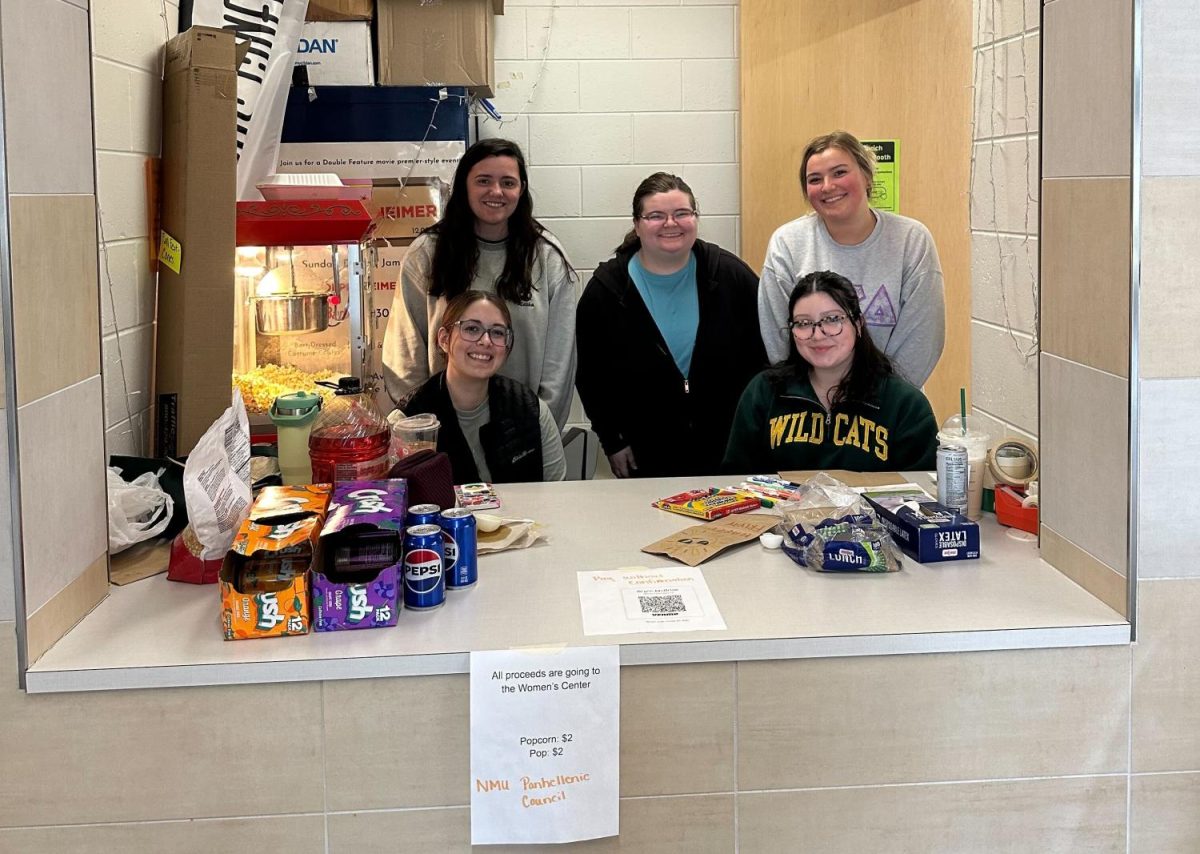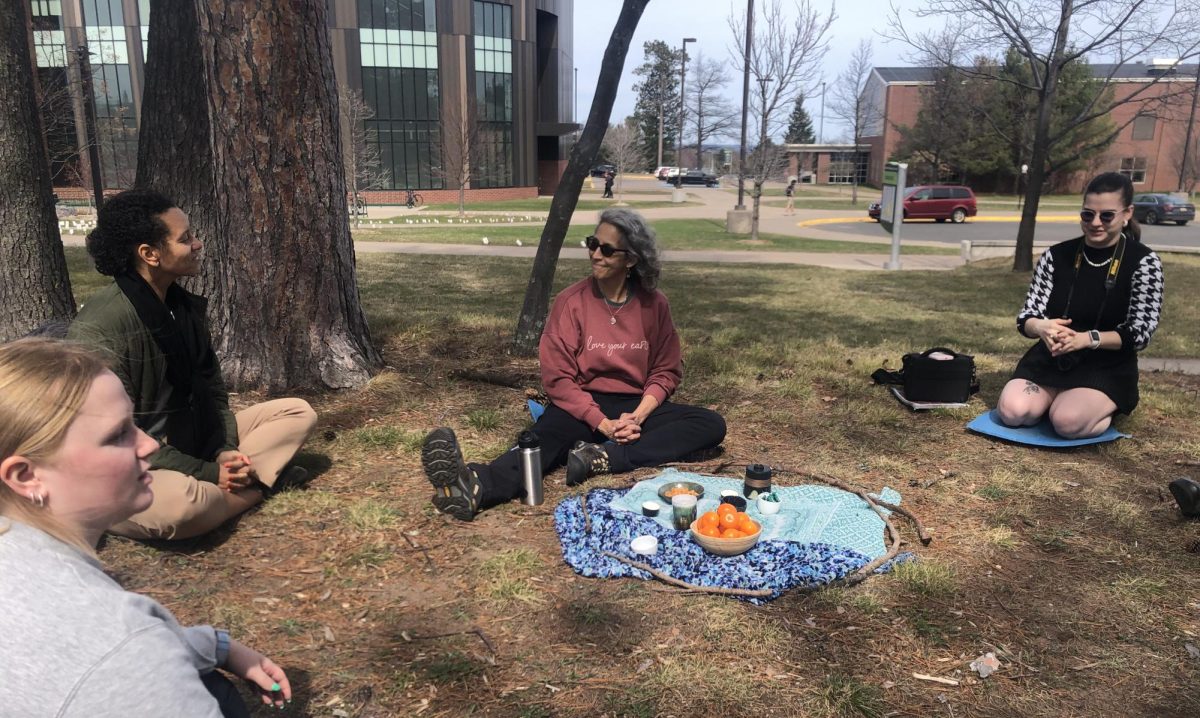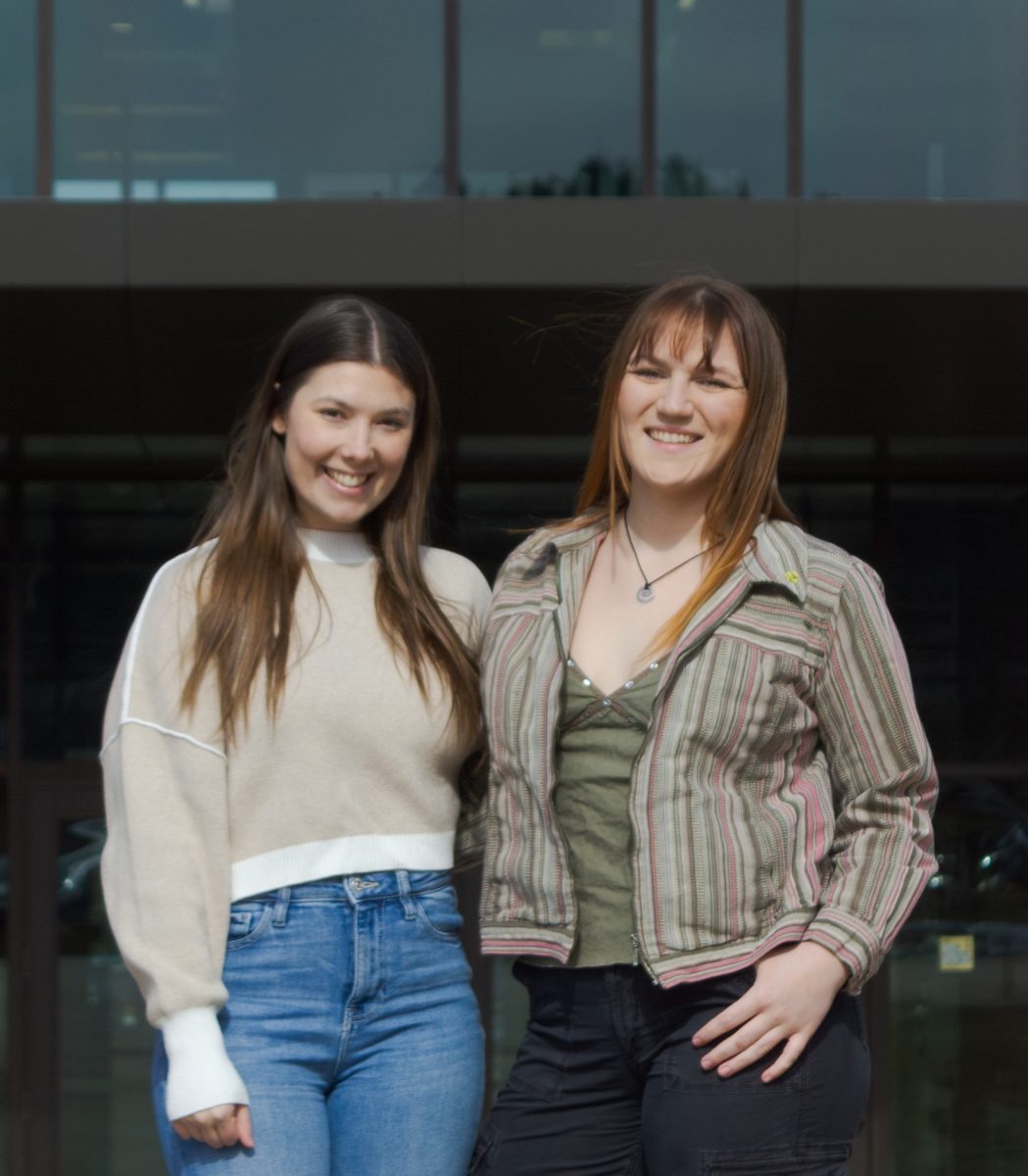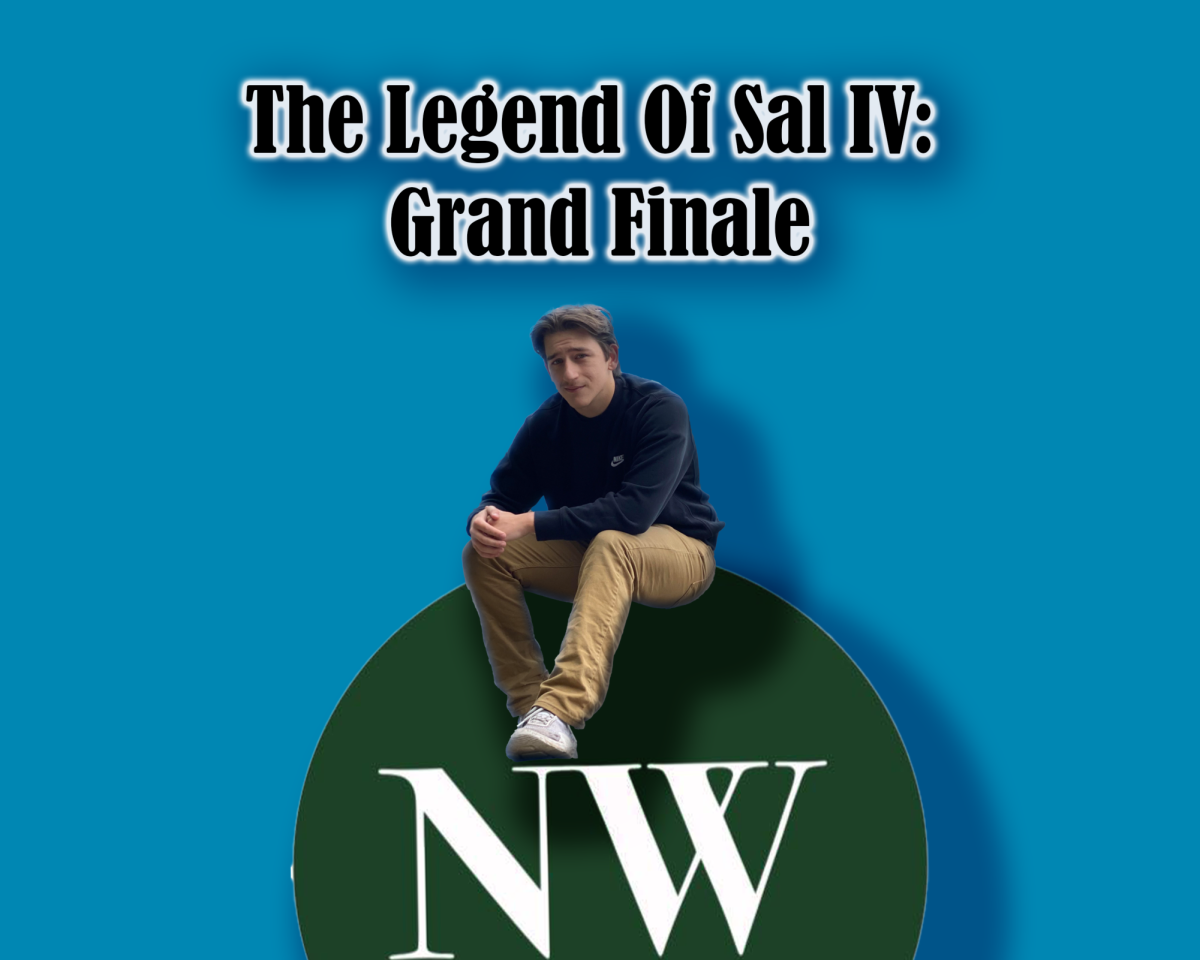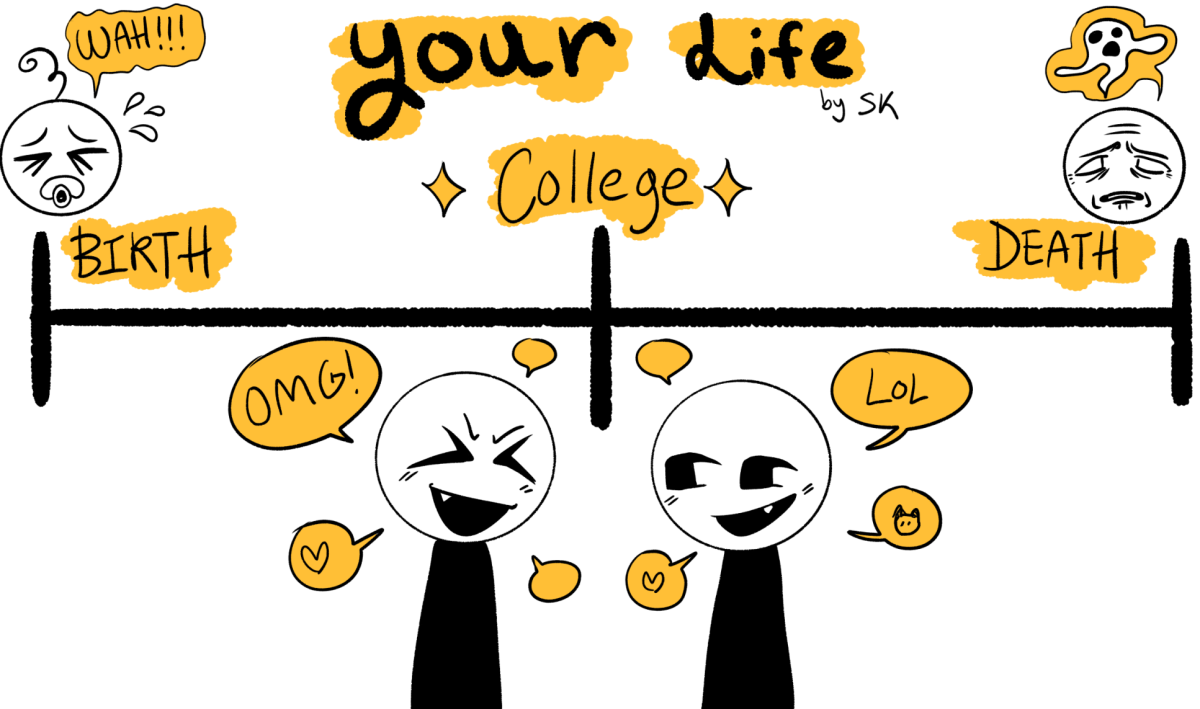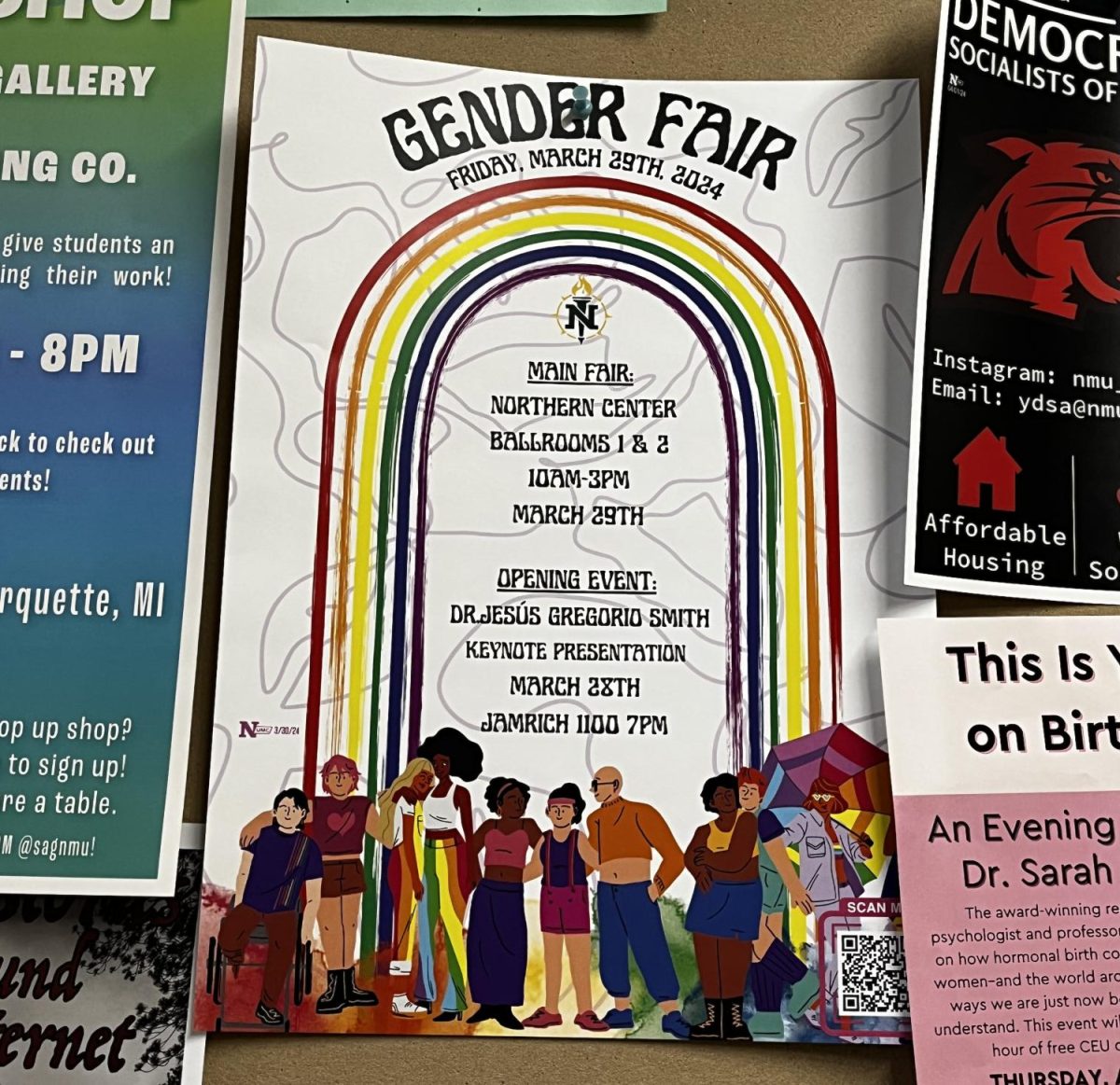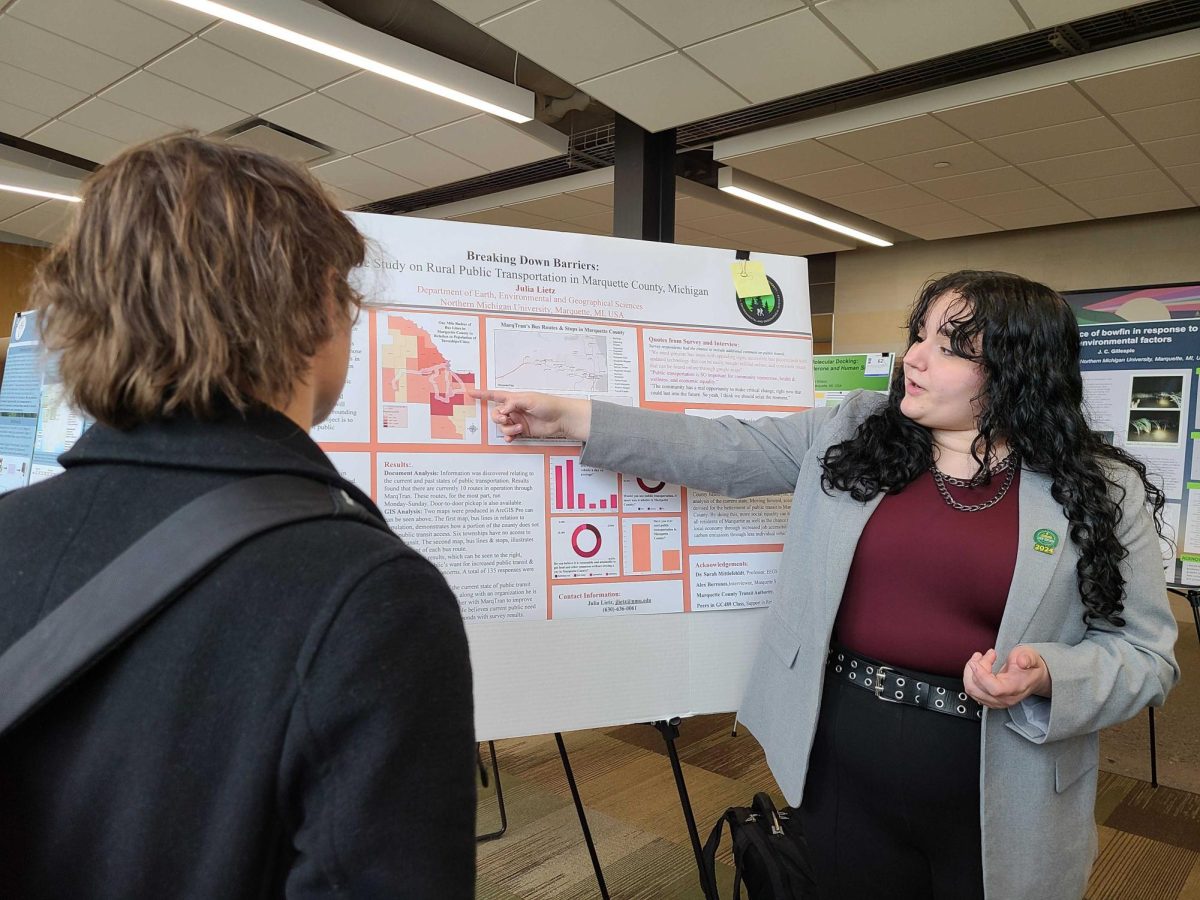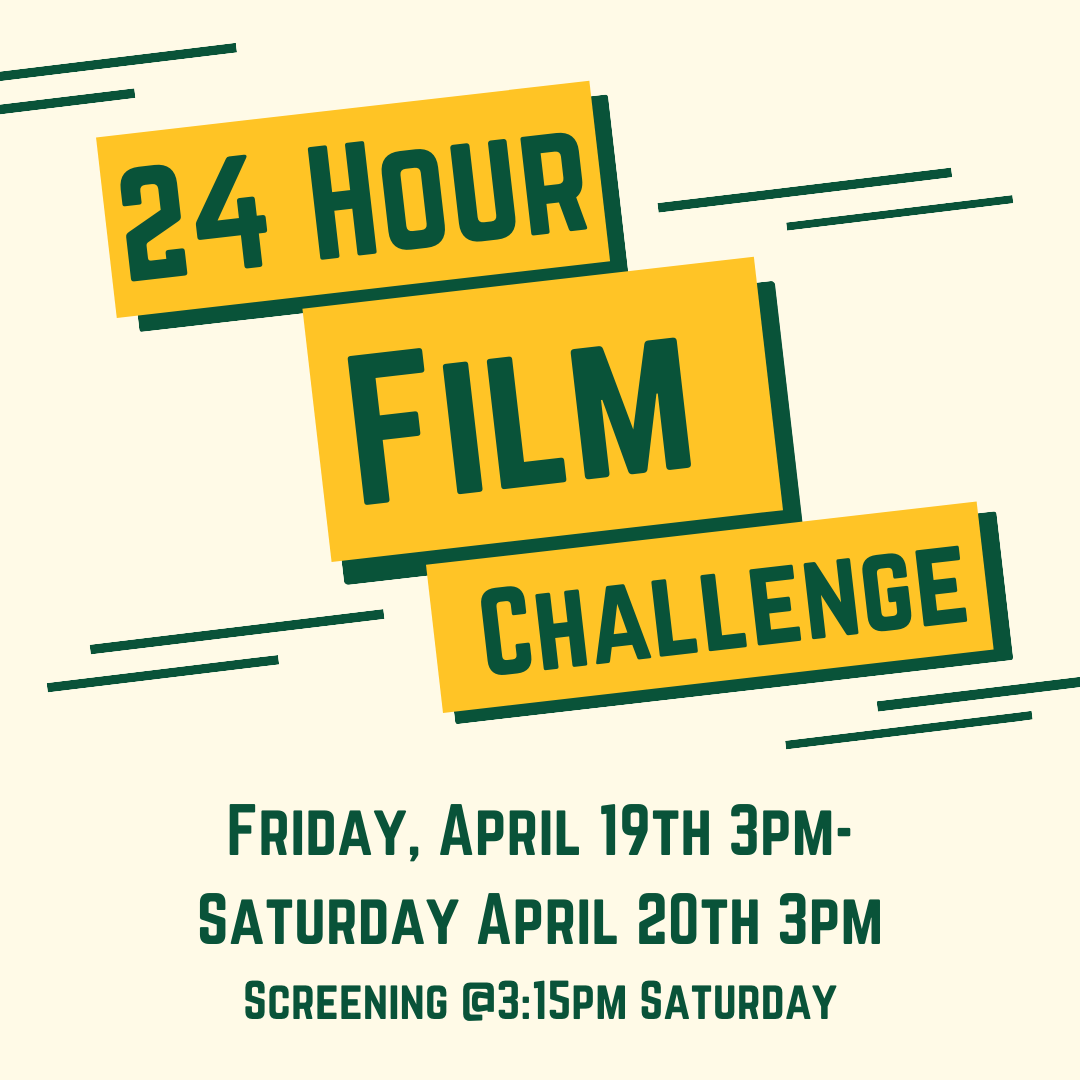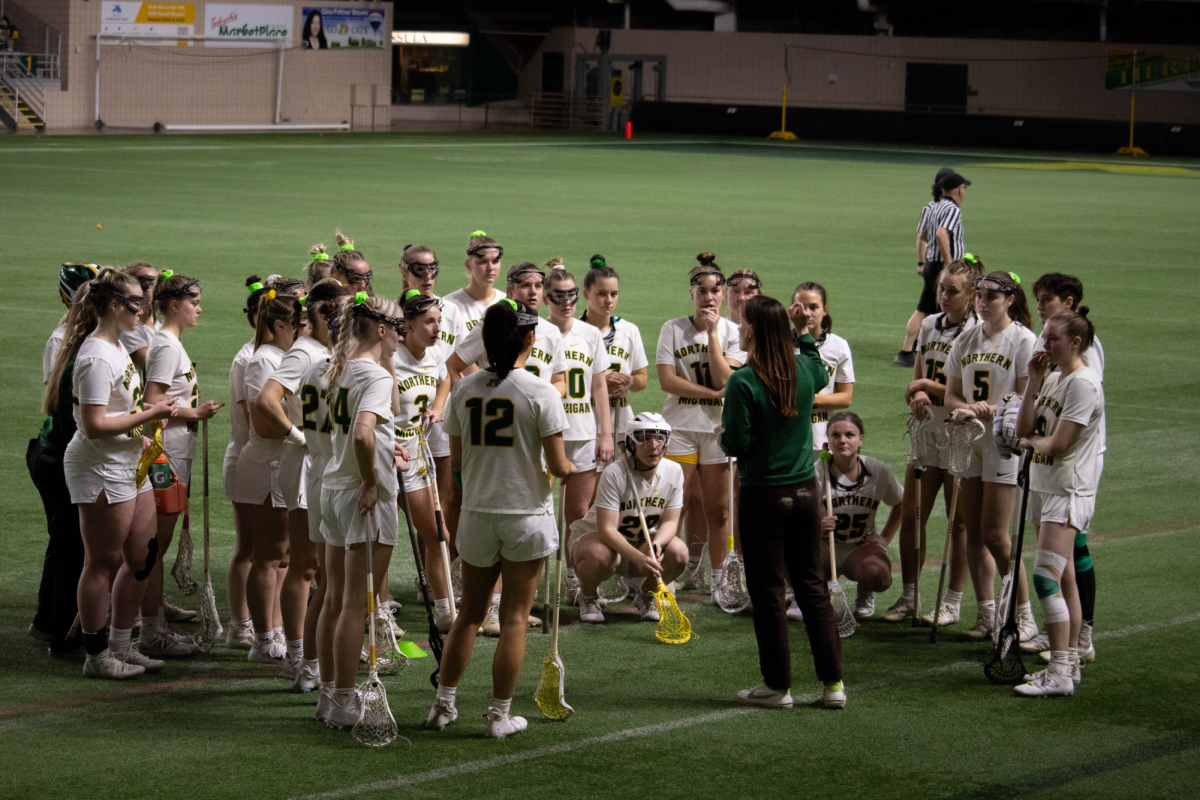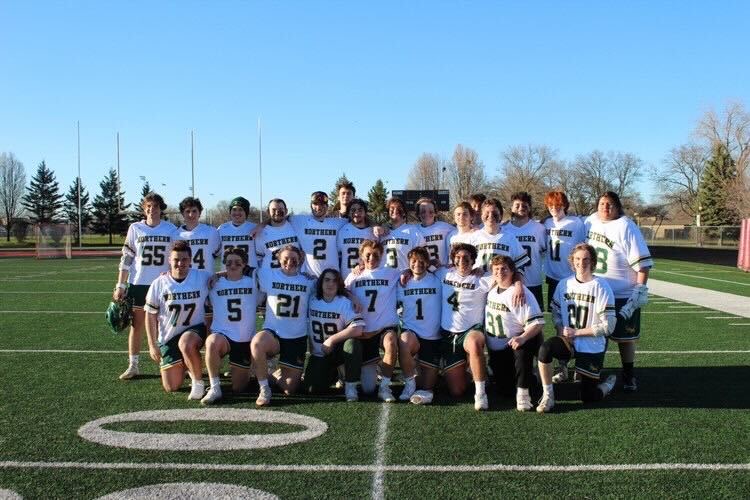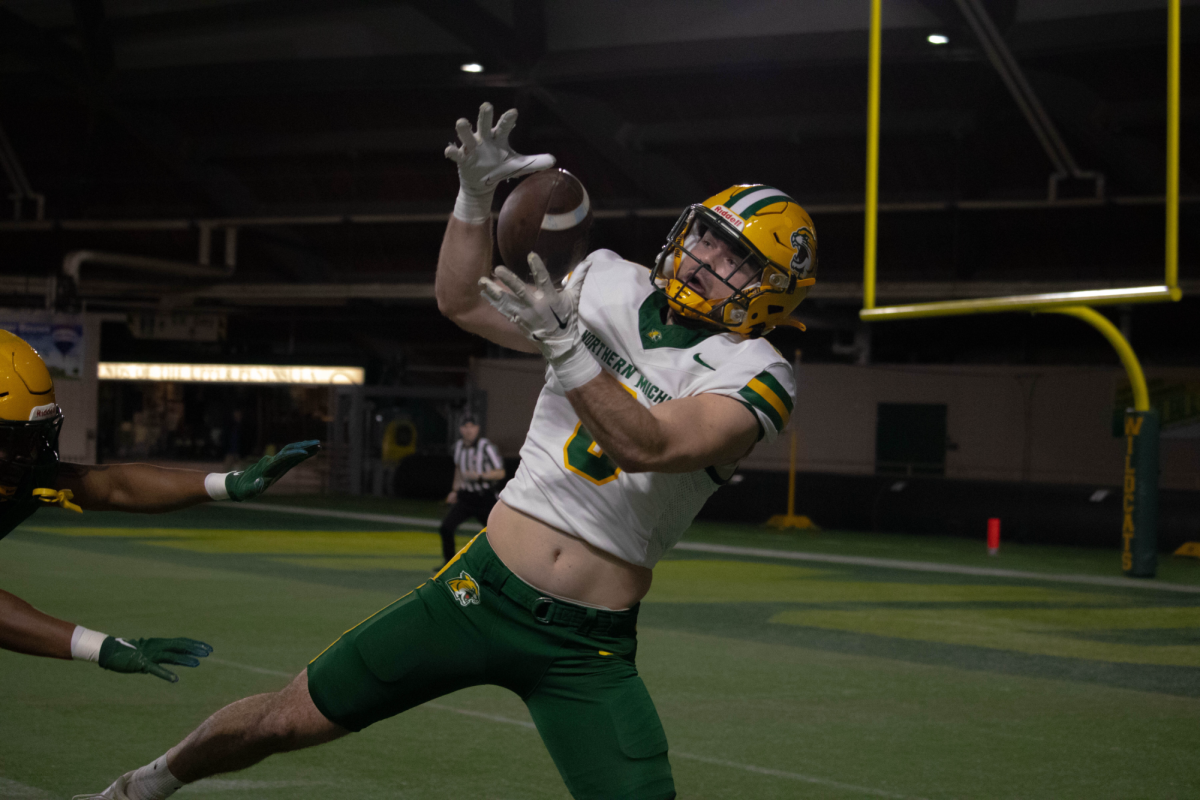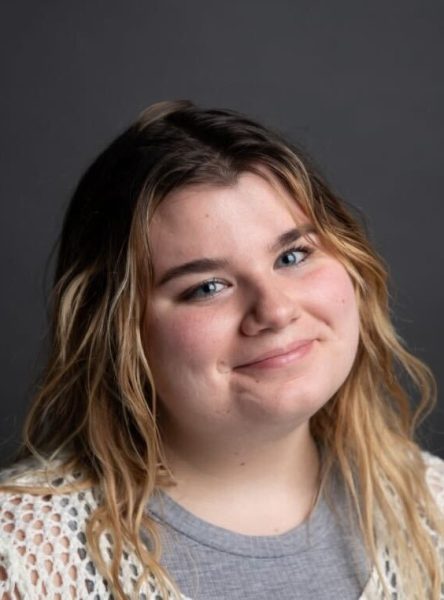Last week, I spent five days in Minneapolis for the national AIGA (American Institute of Graphic Arts) Design Conference. This was my first time attending the annual conference and from what I was told, I could tell going to this conference would be an incredibly valuable experience for any young designer like myself.
Every year, hundreds of people from students to legendary graphic design giants attend the conference to learn about up-and-coming professionals and their projects, to network and to grab as much free stuff as they can cram into their tote bags. As a second-year graphic design major from a small school in the Upper Peninsula of Michigan, it was easy to be intimidated by the fact that I was going to be shaking hands and rubbing shoulders with the people that are going to decide if I’m worthy of a job once I graduate.
Throughout the conference, it was not hard to spot idols of mine walking amongst the crowd. These are the people who have influenced and inspired basically all of the work I’ve accomplished since I first decided to call myself an artist, and here they are picking hors d’oeuvre out of their teeth and complaining about our president just like the rest of us.
The first notable person I met was AIGA medalist, Hilary Clinton 2016 presidential campaign designer and partner at Pentagram—the largest independently owned design studio in the world—Michael Bierut. While walking with my professor through the conference center, he nonchalantly utters, “Oh look there’s Michael Bierut.” We simply walk up to him and introduce ourselves. I nervously stand there for a few minutes, listen as my professor talks politics with him and think about how unmoved by my presence he must be.
Which he was.
Later on in the week, I was brought to a bar with two other students to meet up with two CEOs they had met at the conference that day. A situation not characteristic of me to be in, believe me.
Even though I came to the conference unprepared with no portfolio and no business cards, a real rookie move, at one point the two other students started talking me up to our company at the table. They said things like: “prodigy” and “ahead of the game.” I was very flattered and surprised to hear upper level students that I admire and respect talk so fondly of me. But in that moment is when I had this profound thought: The reason I was so convinced these people I hold so highly don’t care about who I am, is because they truly don’t. But not in the way I previously thought.
They don’t care not because they think less of me or more of themselves, but because they know that we’re, in a sense, equals. They are empathetic and unintimidated towards me because they’ve been there, and they know what I’m going through.
Sitting at the bar table across from two CEOs, I hear my peers’ glowing recommendations of me and I realize that if talented people like that can show appreciation for someone like me, then what’s the point of judging anyone? It wasn’t until this that I realized that respect for one another as artists and as humans is universal and always wanted. I thought about how Michael Bierut might have sat across from two CEOs as a student, feeling unprepared and unsure, and that years later I shook his hand and he shook mine.

